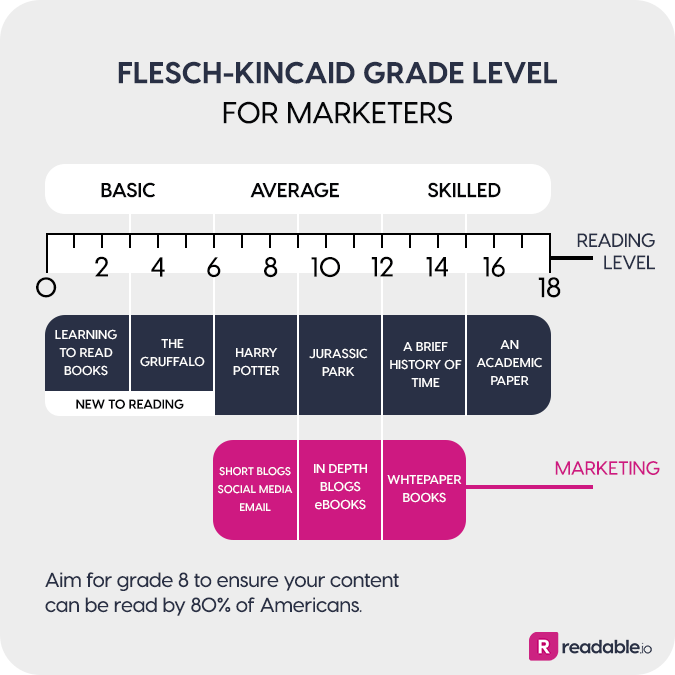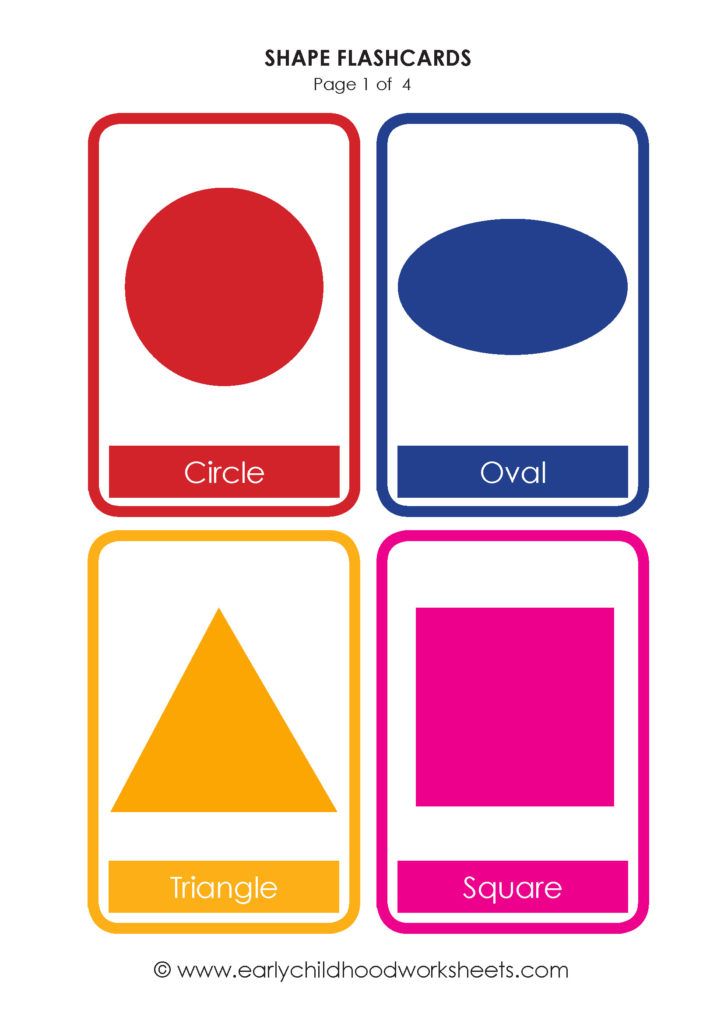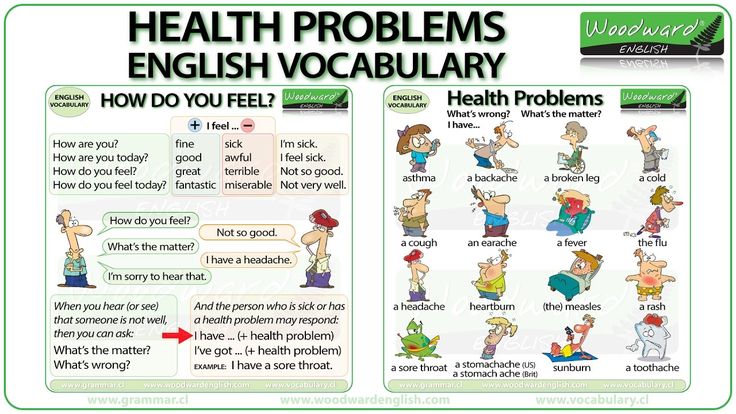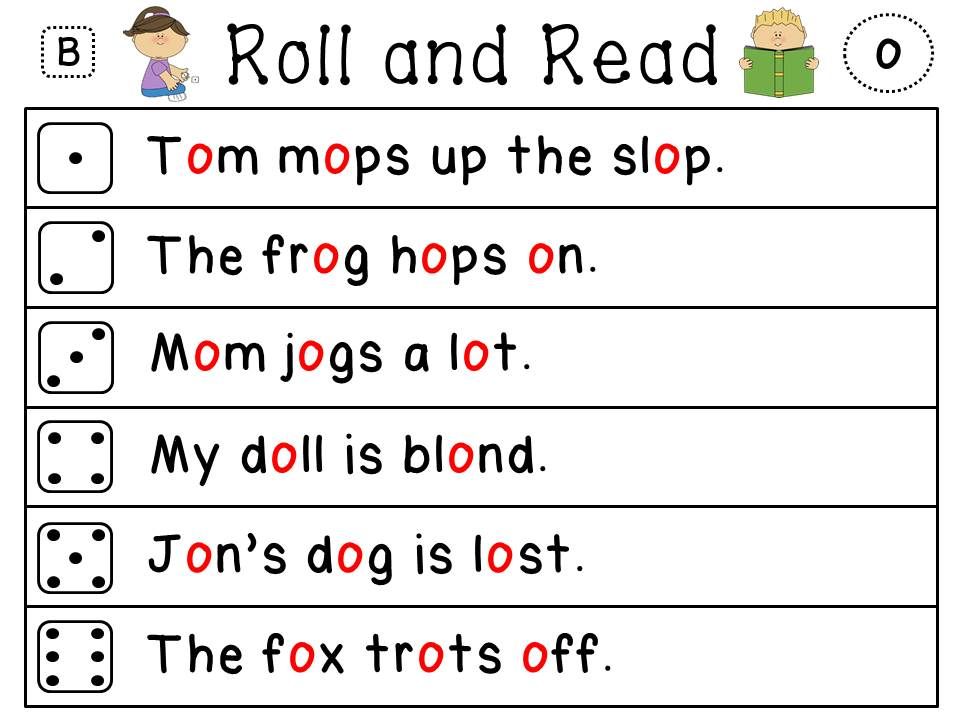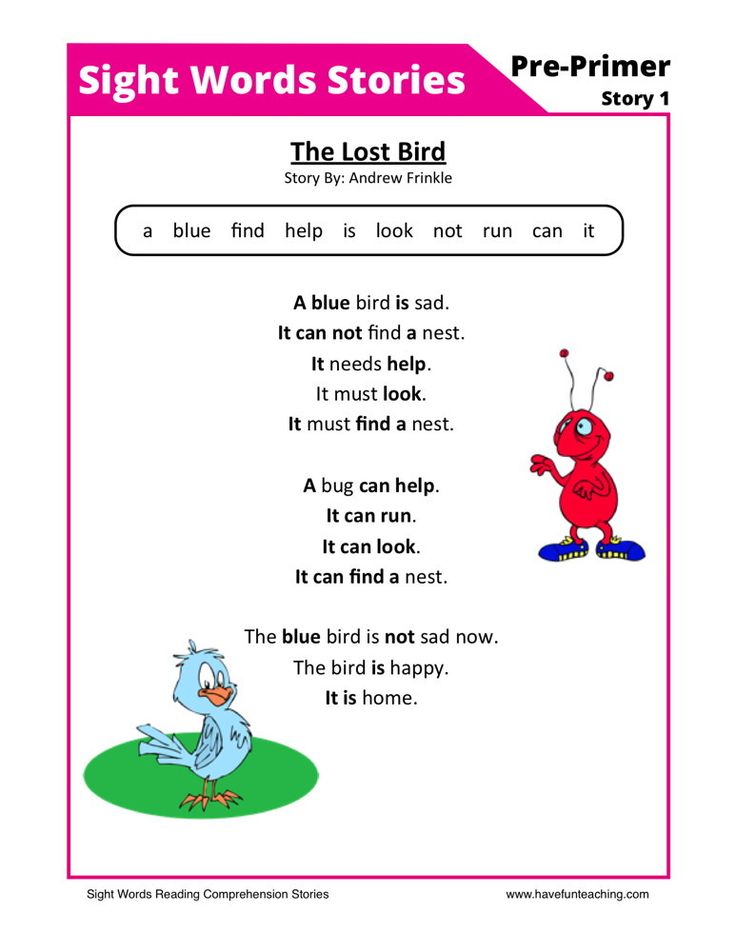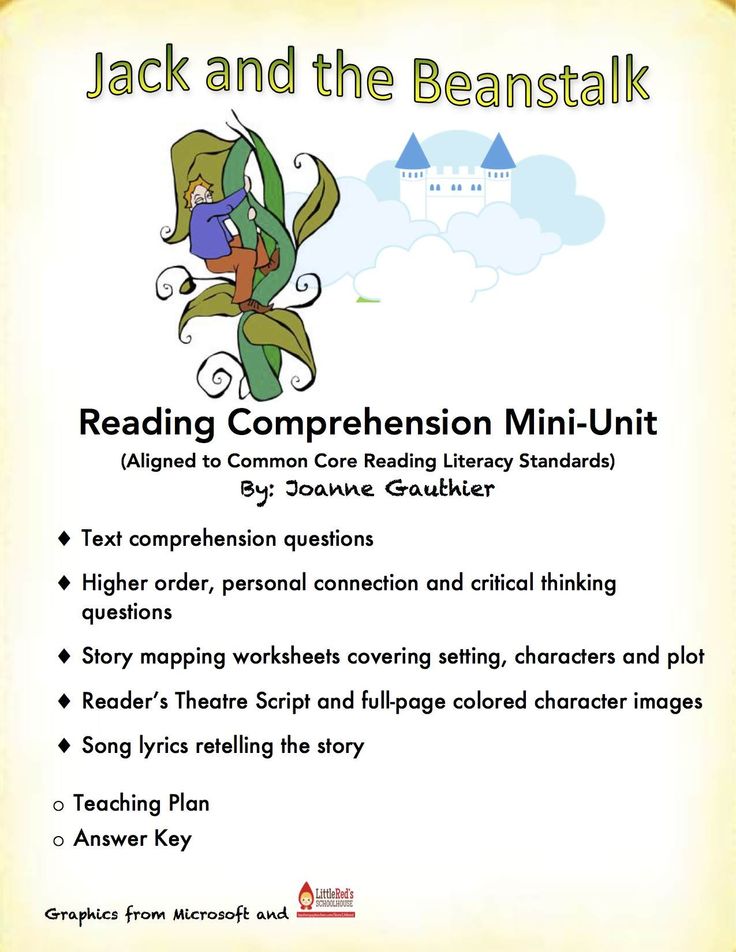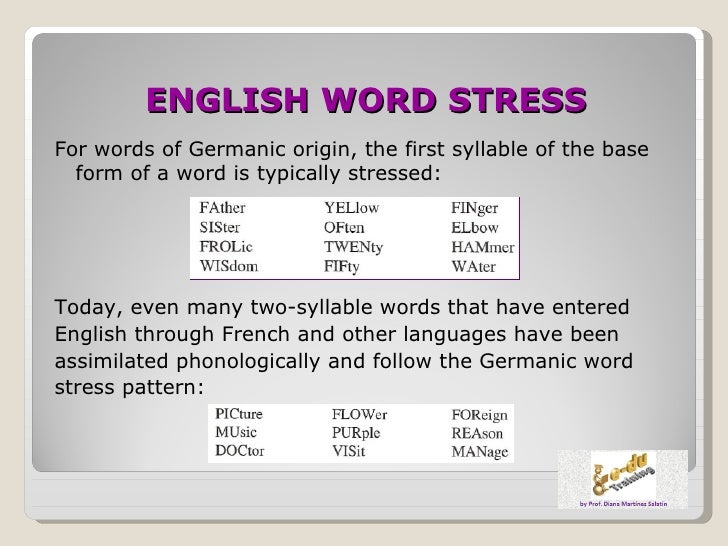What reading levels are for which grades
A Guide for Parents and Teachers
As a child starts school and begins learning to read, parents are likely to hear the term “reading level.” A teacher might share that a student is reading at, above, or below level. They may also provide specific numbers, like 440L or GR J. Parents can find all this confusing, so we’ve put together this simple guide for teachers to share as they discuss what reading levels mean for their students.
What are reading levels?
Source: Scholastic
Reading levels are a way of determining the reading skills a student already has. They measure a child’s reading comprehension and fluency, using a variety of factors like phoneme awareness, decoding, vocabulary, and more. Teachers use reading levels to understand what a student knows and what they need to work on. They might also be used to assemble kids into small reading groups.
Many children’s book publishers indicate reading levels on their books, so parents and kids can quickly find options to suit their needs. Choosing the right reading level can be key for many children. If the book they try to read is too difficult for them, they may give up. On the other hand, reading books that are too easy won’t challenge them to build their skills.
Suggestions, Not Rules
It’s extremely important to remember a few things about these levels. First of all, in some cases, the score evaluates the ease of reading of a book, but not the content. For instance, a book like Alice Walker’s The Color Purple earns a 4.0 score on the AR/ATOS scale, indicating it’s written at a fourth grade level. However, most people would agree that the content of this book isn’t right for fourth graders. In fact, this type of book is what’s known as “high-low,” meaning the content and interest level is meant for higher-grade students, while the readability score is low enough that less-skilled readers will find it within their range. (Learn more about high-low books here.)
So while level numbers can be helpful, they aren’t the only indicator you should use when choosing a book.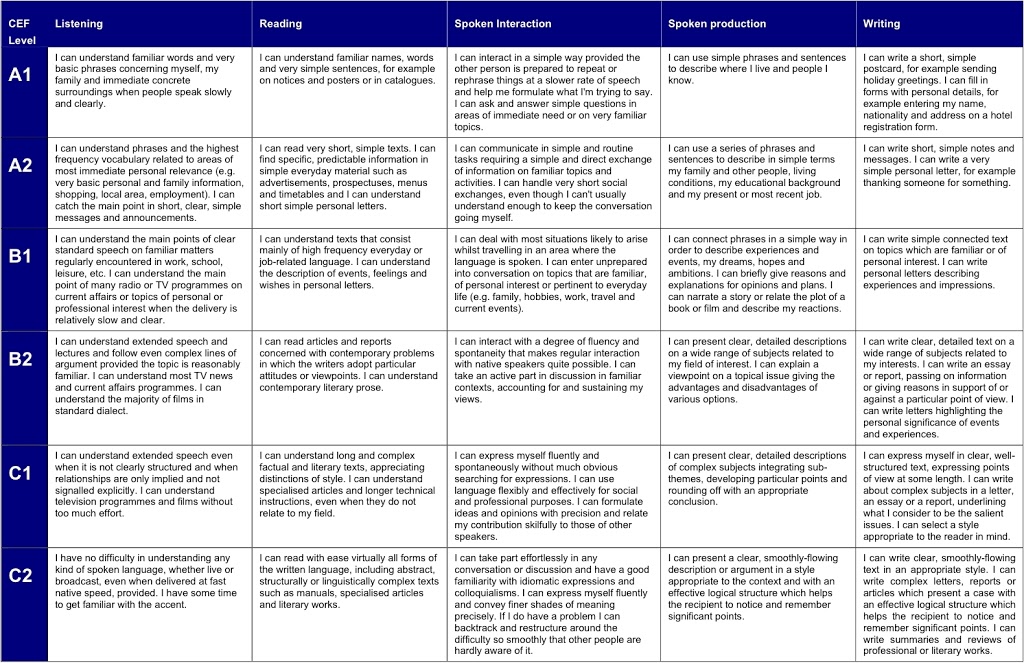 In fact, many teachers caution against using levels to limit kids’ reading choices. If a child is willing to tackle a more difficult book because the subject matter interests them, go ahead and let them! On the other hand, if they want to reread old favorites just for fun, that’s great too. The most important thing is to get students reading, whenever and however possible.
In fact, many teachers caution against using levels to limit kids’ reading choices. If a child is willing to tackle a more difficult book because the subject matter interests them, go ahead and let them! On the other hand, if they want to reread old favorites just for fun, that’s great too. The most important thing is to get students reading, whenever and however possible.
ADVERTISEMENT
How To Determine Reading Levels
Source: The Groovy Teacher on Twitter
Schools give reading assessments one or more times each year. These assessments measure a student’s reading level based on one of several available systems. Each system has its own formula for determining a score, and your child might even be given a score in several different reading level systems.
Below are some of the most common systems you’ll find in schools, districts, and libraries. Every leveled book has a different score in each system, and you can find equivalency charts online to help you compare the various scores.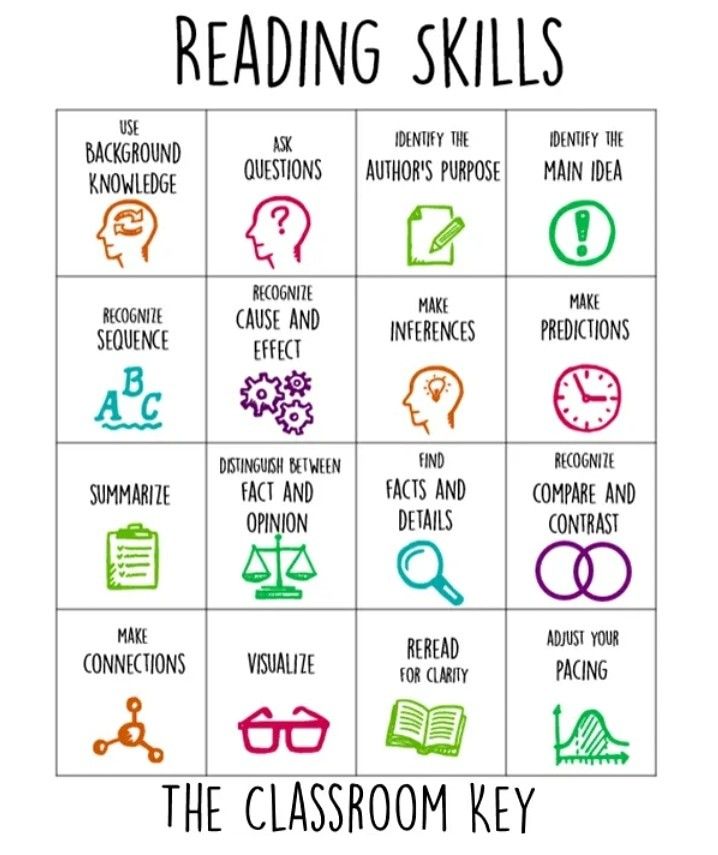 Note that there are many systems out there, with different companies and publishers often designing their own. These basic four will cover most schools and students, though.
Note that there are many systems out there, with different companies and publishers often designing their own. These basic four will cover most schools and students, though.
Lexile® Reading Levels
Lexile® is one of the most common reading level systems. These levels are indicated by a number followed by the capital letter L. They range from 10L for brand-new readers to 2000L and above for advanced readers. The first digit of the score roughly corresponds with grade level, so a book rated 370 would be appropriate for most third graders. When looking for “just right books” for Lexile levels, aim for those that are rated 100L below to 50L above your child’s current score.
Example Lexile measures include:
- David Goes to School: 210L
- Judy Moody and the Bad Luck Charm: 470L
- The Lightning Thief (Percy Jackson): 680L
- The Hobbit: 1000L
Guided Reading Levels (Fountas and Pinnell)
The GRL reading level system was developed by two Ohio State University professors, Irene Fountas and Gay Su Pinnell.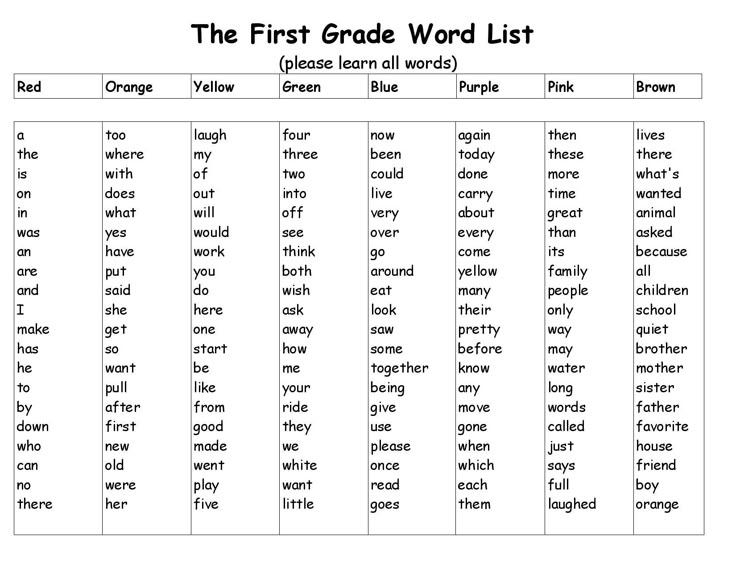 You might hear it referred to by either of these names or by the abbreviation GRL. In recent years, this system has faced controversy as one of its core theories has been disproved by cognitive scientists. (Learn more about this dispute here.) Still, many schools and publishers continue to use the system, which grades books with letters from A (early readers) to Z+ (advanced). Choose books at the same letter level or one above to match kids with the best choices for their abilities.
You might hear it referred to by either of these names or by the abbreviation GRL. In recent years, this system has faced controversy as one of its core theories has been disproved by cognitive scientists. (Learn more about this dispute here.) Still, many schools and publishers continue to use the system, which grades books with letters from A (early readers) to Z+ (advanced). Choose books at the same letter level or one above to match kids with the best choices for their abilities.
Example GRL scores include:
- David Goes to School: GR Level G
- Judy Moody and the Bad Luck Charm: GR Level M
- The Lightning Thief (Percy Jackson): GR Level W
- The Hobbit: GR Level Z
ATOS/AR Reading Levels
The Accelerated Reader level is also called the ATOS score. This system analyzes the average sentence and word length, the vocabulary grade level, and the number of words in a book. Books are scored using an X.X format, where the first number indicates the grade level (0 = kindergarten), and the second indicates the approximate month of that level.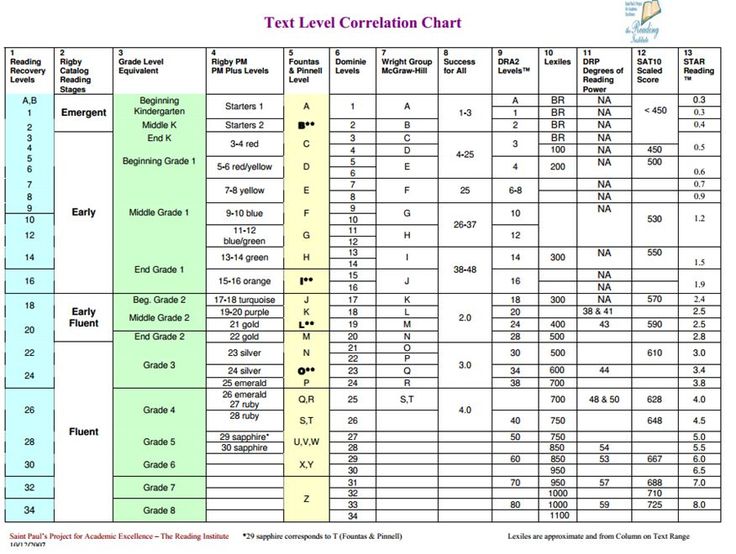 For instance, a score of 5.4 would indicate the book should readable for a student in the fourth month of fifth grade.
For instance, a score of 5.4 would indicate the book should readable for a student in the fourth month of fifth grade.
Example AR scores include:
- David Goes to School: ATOS/AR 0.9
- Judy Moody and the Bad Luck Charm: ATOS/AR 3.1
- The Lightning Thief (Percy Jackson): ATOS/AR 4.7
- The Hobbit: ATOS/AR 6.6
DRA Reading Levels
The Developmental Reading Assessment (DRA) tests various reading skills like phonemic awareness, phonics, and fluency. Student scores can range from A1 (for beginners) to 80 (advanced). Choose books at or slightly above a child’s DRA level to challenge them just enough, but not too much to frustrate them.
Example DRA scores include:
- David Goes to School: DRA 12
- Judy Moody and the Bad Luck Charm: DRA 24
- The Lightning Thief (Percy Jackson): DRA 60
- The Hobbit: DRA 70
Still have more questions about reading levels? Drop by the WeAreTeachers HELPLINE group on Facebook to chat and ask for advice.

Plus, check out What Is the Science of Reading?
Understanding Reading Levels & How They Are Assessed | Prodigy
When your child is first learning to read, reading levels are an important tool for helping them move forward without the struggle. But did you know even older readers can benefit from being matched with the appropriate reading level?
In this article, we’ll discuss how reading levels are used and how your child’s level is determined. With the right reading materials, your child can master reading and enjoy it for years to come!
What are reading levels?
Reading levels are a detailed way to pair your child’s reading ability with books they can successfully read and understand.
Reading levels are an effective way to measure a child’s reading progress. If your child is primarily reading books at or just above their determined reading level, they are more likely to find reading enjoyable.
As parents, we’ve all seen how reading can become frustrating.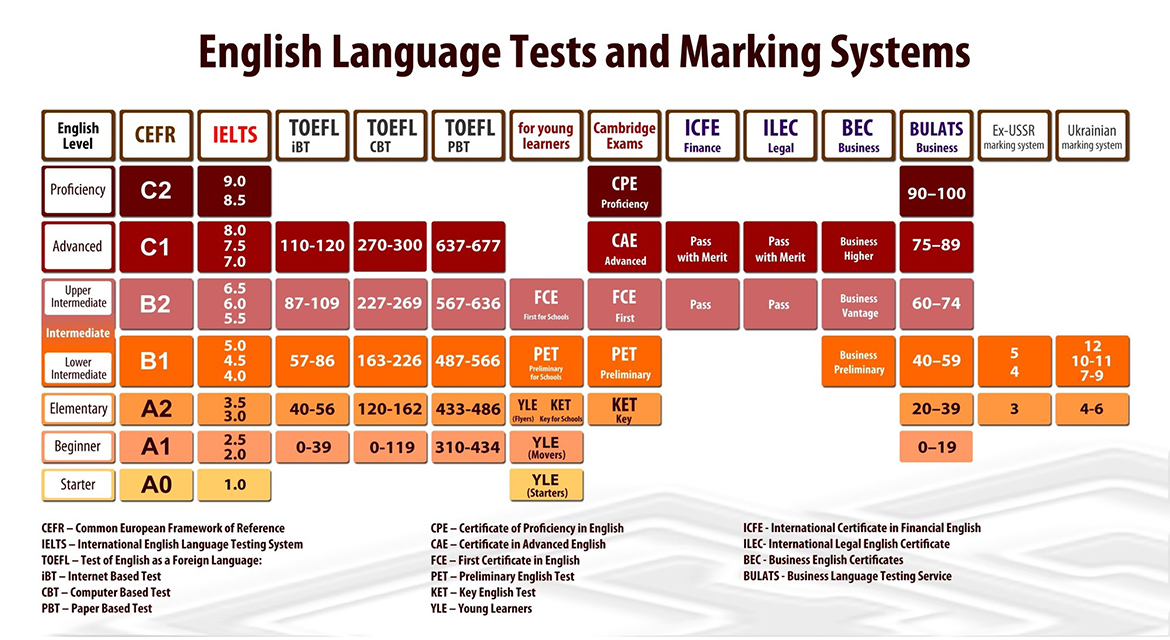 If a beginner reader tries to read a book that is far beyond their abilities, they may simply decide that reading is just too hard. And this frustration can create an overall dislike of reading and books. This is what leveled reading strives to avoid.
If a beginner reader tries to read a book that is far beyond their abilities, they may simply decide that reading is just too hard. And this frustration can create an overall dislike of reading and books. This is what leveled reading strives to avoid.
How is your child’s reading level assessed?
There are several different methods for measuring your child’s reading skills and classifying the books they will read.
We’ll be discussing the four most popular leveling systems in the next sections. Read on for the details on the GRL, DRA, AR and Lexile reading level measurements.
Guided reading levels (GRL) explained
Guided reading levels, or GRL, are based on the reading levels system developed by Irene Fountas and Gay Su Pinnell. For this reason, you’ll also often see GRL called Fountas & Pinnell.
This system classifies reading levels alphabetically from A to Z, with A corresponding to the earliest readers and Z falling in line with texts at or above an eighth grade level.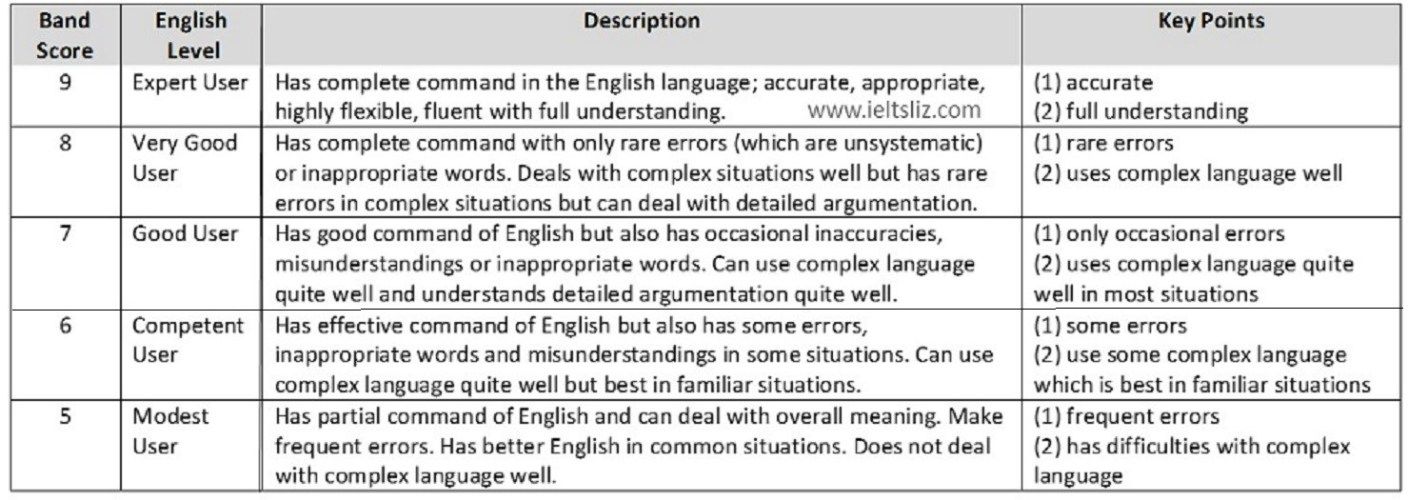
Books are grouped into the appropriate level based on the following considerations:
- Word repetition
- Sentence length
- Total word count
- Sentence complexity
- Number of different words
- Inclusion of supportive illustrations
- Amount of high-frequency (or most common) words
Because several GRL levels fall into each grade level, this is a precise way to classify reading materials. Not all second graders read at one level. But when second grade is split between levels I, J, K, L and M, more children will be able to find the right books to keep their motivation and confidence high.
Developmental Reading Assessment (DRA)
The DRA, or Developmental Reading Assessment, helps identify how well students are reading independently.
This system matches the child with books on a numbered reading scale from 1 to 80 (it actually starts with A, but then all other levels are numbered. Confusing — yes, but unless your child is at the very beginning of reading, look for a number).
Your child’s score on the assessment is based on how well they perform against grade-level standards. The DRA looks at your child’s reading ability in three areas.
- Reading fluency
- Reading accuracy
- Reading comprehension
Like GRL, the different grade levels contain several DRA levels. For example, second grade includes DRA levels 18 to 28. Once your child’s reading level is determined, they will be paired with leveled books to help them progress and improve.
Lexile measurement
The Lexile framework for reading is a measurement system that includes two different measures — both a student assessment and a system for measuring book levels. Your child’s Lexile reading measure is determined from a school or state-wide test that checks for reading comprehension.
A Lexile reader measurement can fall between BR for beginning readers (which is below 0L), to above 2000L. Your child’s reading level can then be paired with books using their Lexile text measurement.
Over one million books, websites and other texts have received a Lexile text measure. Lexile recommends choosing books or texts for your child that fall between 100L below to 50L above their reading measure. This is deemed your child’s reading comprehension sweet spot.
Don’t know where your child falls? Talk to their teacher to see if their school uses the Lexile assessment. If so, they can provide you with your child’s most current measure.
The Lexile framework is great for pairing more advanced readers with books that are still age-appropriate. If your child is reading above their level in the third grade, you don’t necessarily want them reading books with themes meant for seventh graders. Ask their teacher or use the Lexile website to discover age-appropriate books that will still hold their interest.
Accelerated Reader (AR) Levels
Your child’s Accelerated Reader (or AR) level is determined from a computerized test. After reading a book of their choosing, your child takes an online test on the book to measure their reading comprehension and earn points.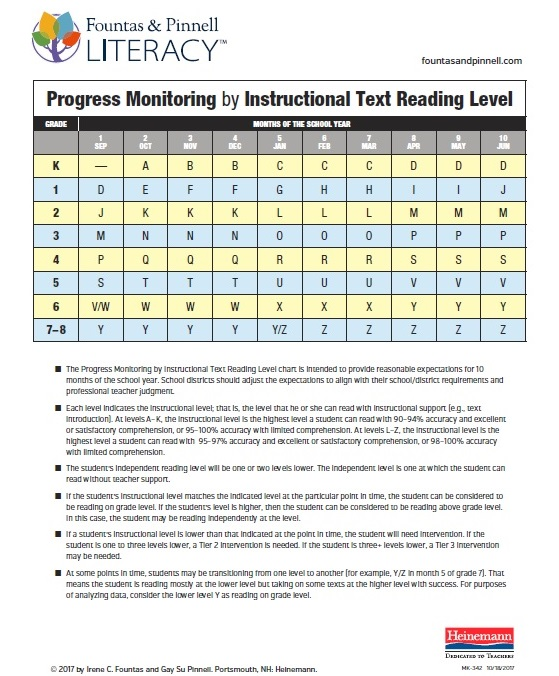
Based on the test score, your child’s teacher or librarian can help recommend more books to match your child’s level. If they struggled with their last book, easier options will be given. If they had zero trouble understanding the book, they’ll be encouraged to choose more difficult texts moving forward.
The AR reading levels fall on a numeric scale that closely correspond with expected grade levels. A second grader in the fourth month of the school year will, on average, be reading books at level 2.4. A fourth grader in the first month of the year will average level 4.1, and so on.
Reading level correlation chart
We’ve discussed several different reading measures, but how do they correspond with expected grade levels? And how does each measure relate to the others?
Use this handy chart from Reading A-Z to see how your child’s reading level fits into the different systems. Or check out the one below from Traci Clausen.
Reading level FAQs
1.
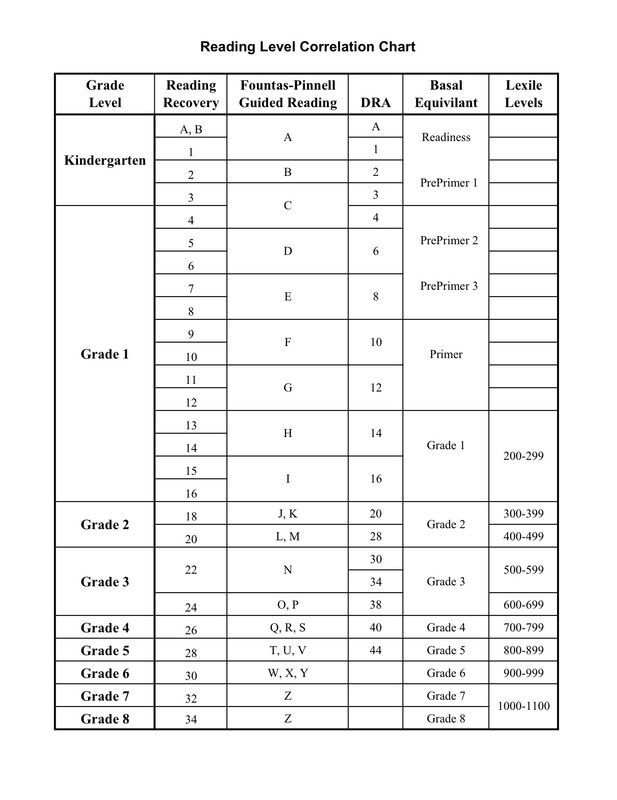 How can I find level-appropriate books for my child?
How can I find level-appropriate books for my child? First, ask their teacher or the school’s librarian for recommendations. They know your child’s interest and reading ability better than any computer resource. They will also be up to date on children’s books, including what is on level but also age-appropriate for your child.
There are some great resources online for finding leveled readers your child will love:
- Find the right books that match your child’s Lexile measure.
- Check out the Accelerated Reader Book Finder if your child uses Accelerated Reading.
- Use the Scholastic Book Wizard to discover a book’s level or to find leveled recommendations.
2. How can I help my child improve their reading?
The short answer — encourage them to keep reading, whether they’re using books or online programs.
The more exposure they have to books, the better. Just be sure to choose book topics that lineup with their interests. Does your second grader love dragons? Try a simple fantasy chapter book.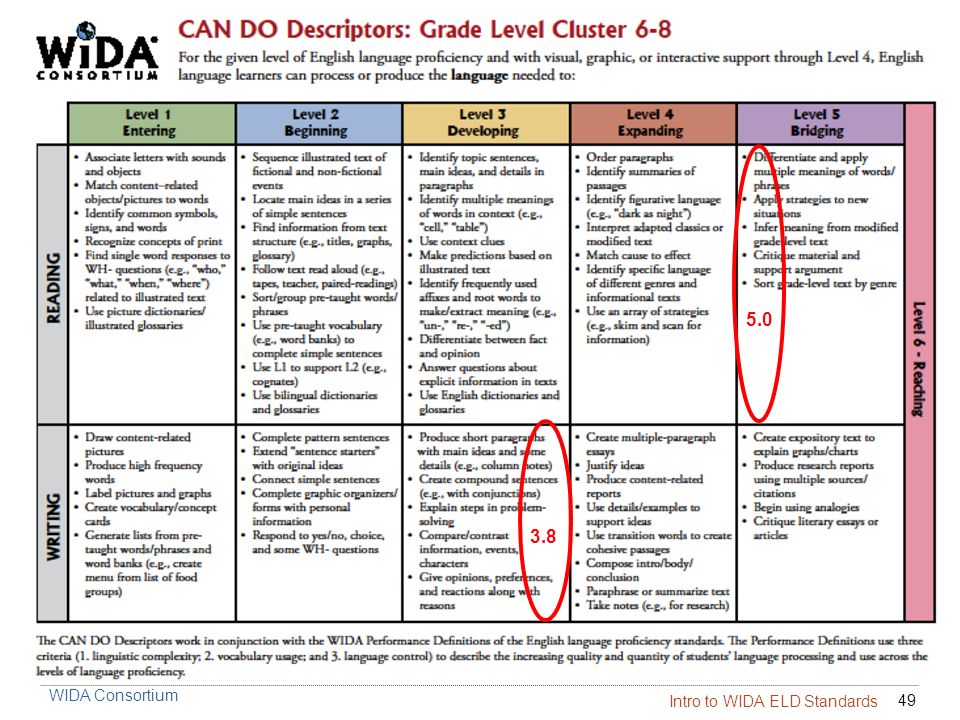 Does your fourth grader adore lemurs? Look for children’s non-fiction books about the creatures of Madagascar. If it’s something they’re interested in, they’ll be excited to read and learn.
Does your fourth grader adore lemurs? Look for children’s non-fiction books about the creatures of Madagascar. If it’s something they’re interested in, they’ll be excited to read and learn.
If it’s a struggle to get your child to pick up a book, don’t stress! There’s reading to be found everywhere. Instead of arguing over reading time, invite your child to play an online game. Role-playing games (and even those online mini-games) require a good amount of reading. Or choose educational language arts games like Prodigy English. Games keep learning fun, and when your child loves learning and reading, they’ll be set for life!
3. What should I do if my child is struggling with reading?
First off, take a deep breath. There is so much pressure on both kids and parents to be reading earlier and earlier. It’s okay if your kindergartener isn’t reading yet. If your third grader is reading at a second grade level, they’ll catch up. Your primary role as a parent is to encourage them to keep trying, and keep their confidence and joy of reading top of mind.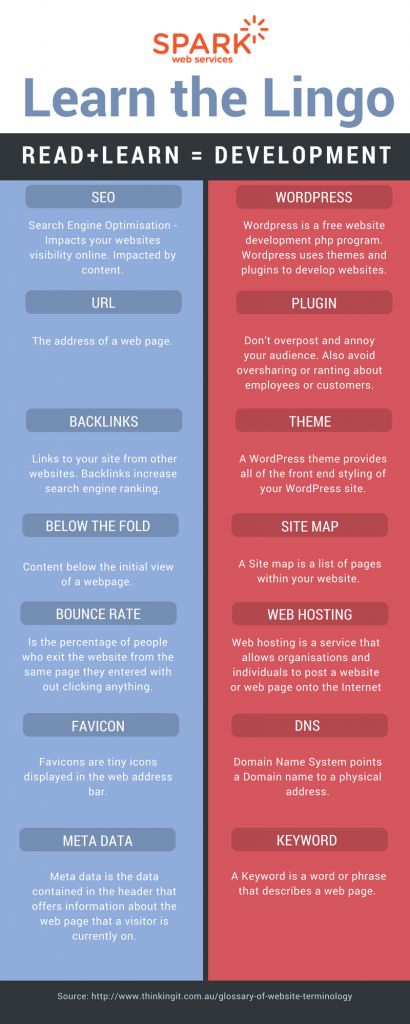
To help encourage young or struggling readers, match them with books they are excited to read. Take them to your local library and let them choose the books that call to them.
If a book is beyond their level, but they just have to have it, let them enjoy it. It may be just the challenge they need, or they may simply enjoy the pictures. If it’s too tricky, let them know that you’re available to help. Your child is never too old to enjoy a read-aloud.
And don’t forget the reading that happens every day. Have them help you read the recipe for tonight’s dinner. Or ask them to show you their newest video game. Listen as they explain the characters and stories. Reading comprehension presents itself in a variety of ways outside of books and standardized testing.
Above all, remember your child is learning so much more than their reading level score can show. Reading levels can be a great tool, but they are not the only measure of your child’s reading ability. Follow your child’s lead, take the pressure off and watch them grow into reading in their own way.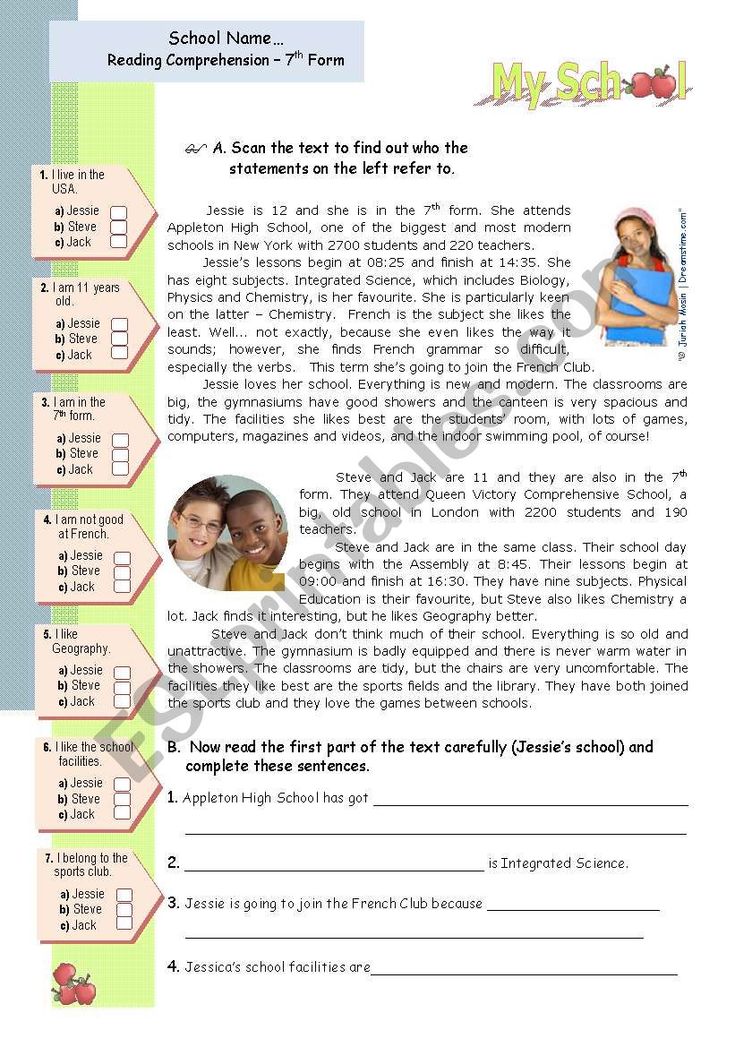
Reading games and activities can help supplement coursework
Reading can be so much fun! It’s too easy to get caught up in grade levels, whether your child is “ahead” or “behind”. All of this can make us lose track of the magic a good story holds.
Bring some of that magic back with fun reading games and activities your kids will love. There are so many ways to read, explore and learn together.
Explore a fun, game-based learning adventure with Prodigy English. While kids play, they'll explore a world of their very own, gathering resources and earning rewards. Every skill-building question they answer gives them more energy to get creative and keep learning!
Sign up for a free parent account today to track and motivate their learning.
Sign up nowReading technique for grades 1-4
Reading is one of the basic skills for every child. Being able to read is important not only for the lessons of literature and the Russian language, but also for all other sciences.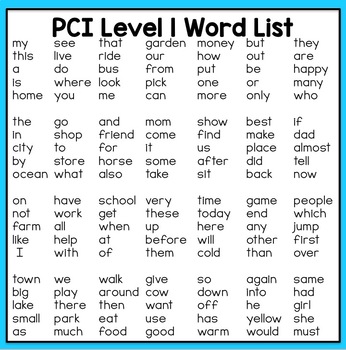 It will be difficult for a student to learn material in mathematics, English or the world around him if he does not know how to quickly familiarize himself with the text and understand what he read. It is reading that opens the door to the world of knowledge. Mastering cognitive texts or works of art, children learn to communicate, learn about the surrounding reality, and broaden their horizons. Cognitive abilities are also honed - memory, attention. Therefore, reading is considered the basis of success in further education.
It will be difficult for a student to learn material in mathematics, English or the world around him if he does not know how to quickly familiarize himself with the text and understand what he read. It is reading that opens the door to the world of knowledge. Mastering cognitive texts or works of art, children learn to communicate, learn about the surrounding reality, and broaden their horizons. Cognitive abilities are also honed - memory, attention. Therefore, reading is considered the basis of success in further education.
But how do you know if a child reads well for his age or not? This can be done by checking the reading technique. Many parents do not quite understand the format and meaning of this test, believing that the determining criterion is speed, that is, the number of words read per minute. In fact, the test is focused on assessing not only the pace of reading, but also other skills. Let's try to deal with the requirements prescribed for reading technique in the Federal Standards.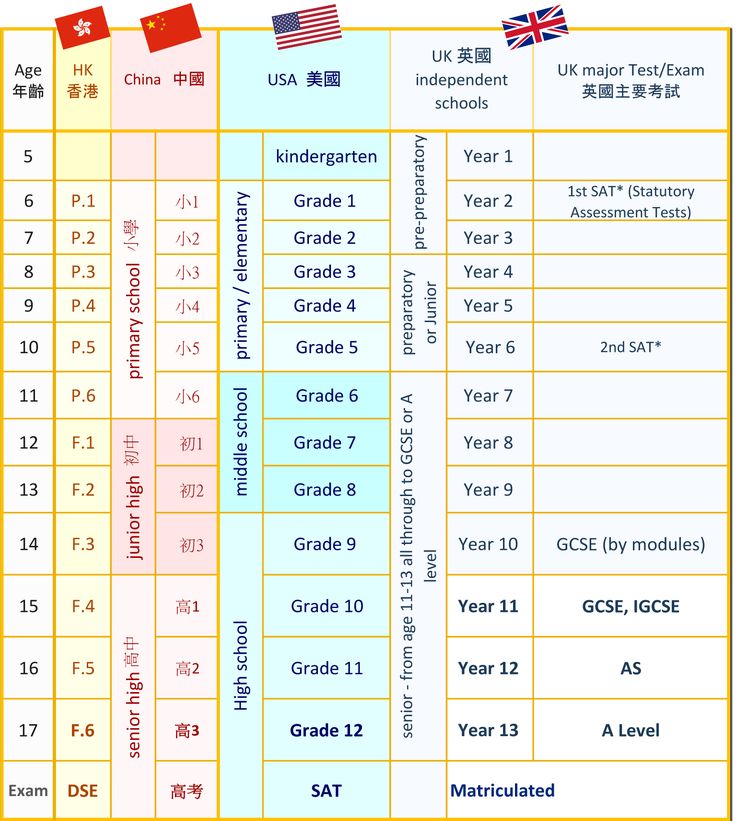
Reading technique: basic criteria
How fast should you read? Is everything okay with a child with technology? Perhaps his skills do not meet some standards? These questions always concern responsible parents. And I must say that there is nothing wrong with this excitement, because involvement in the process of teaching children is in many ways the key to future success. But is it really worth worrying about reading speed?
To answer this question, it is necessary to understand in detail what exactly is assessed when testing reading technique. According to the requirements of the Federal State Educational Standard, the following are assessed:
- reading speed - the number of characters that a child is able to read in one minute;
- way of reading - reading words syllable by syllable or whole, smoothly;
- correctness - the absence of errors and hesitations made by the child when reading;
- awareness - the ability to understand the meaning and idea of what is read;
- expressiveness - the ability to correctly place stresses, observe intonation and maintain pauses when reading.
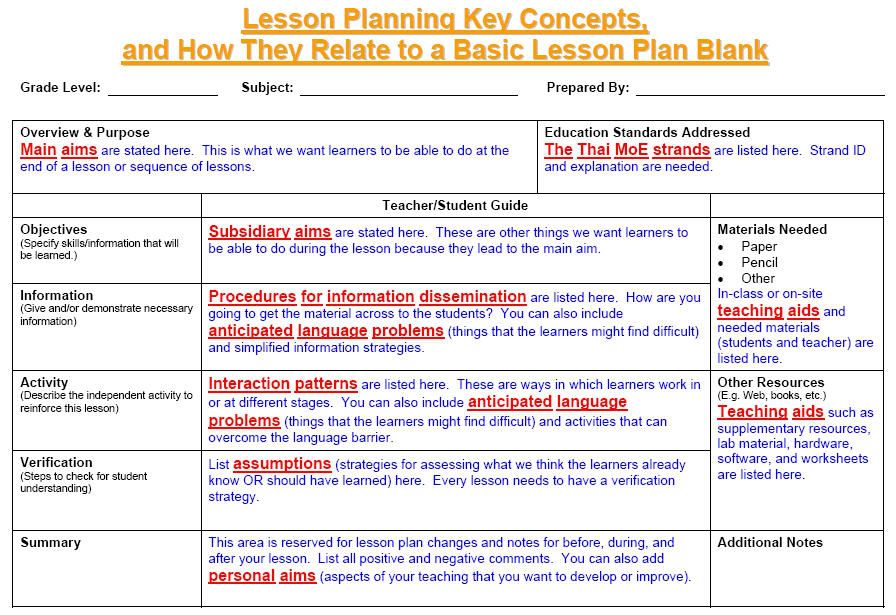
Analyzing the listed criteria, we can say that the test of reading technique is based on the assessment of two components: semantic and technical. At the same time, the technical side - tempo, expressiveness, correctness - is subordinated to the semantic, that is, the ability to understand the content of the text.
Reading technique: what is really important?
Reading is the most important type of speech activity, based on the ability to perceive and assimilate information. Unlike drawings, diagrams and video sequences, it activates the imagination. Scientists have proven that when reading poetry, other areas of the brain are involved than when mastering prose. This fact is explained by the different structure of phrases and phrases used in prose and poetry. Therefore, the ability to read can be considered as a tool for self-development. But this is not a basic skill, but acquired in the learning process. And here it is important not to force things, but to focus on the abilities and capabilities of the child.
It must be understood that reading technique is just one of the criteria, and it is not necessary to focus only on it. Especially parents whose children are not yet in school. Don't just chase the pace. At this stage, it is more important to broaden your horizons, get acquainted with different topics, memorize new words. And the best way to achieve this is to read a lot, daily, but not to put speed at the forefront.
As far as schoolchildren are concerned, two parameters essentially matter here: technique and meaningfulness of reading. Technique is usually called the ability to distinguish letters, transform them into sounds, compose syllables and words. Meaningfulness is a deeper concept. It is based on understanding the meaning and content of the text.
It would be erroneous to require a child to make sense of what they read until they have developed the skill of technical letter recognition. All the efforts of the crumbs, who are just learning to read, are aimed at memorizing and recognizing letters, syllables, words.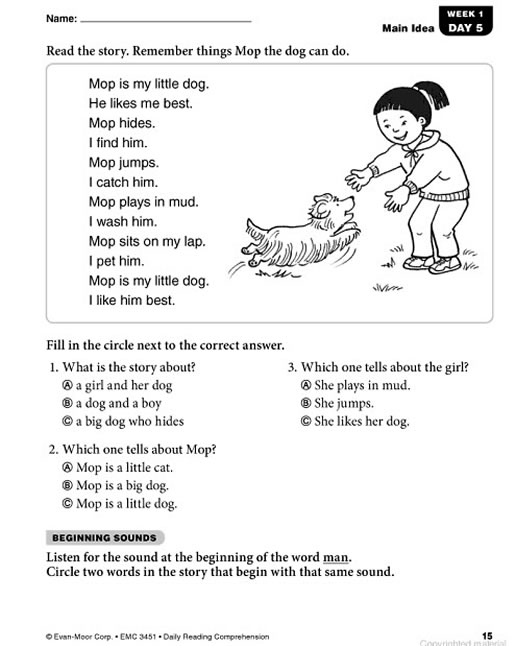 In order to understand the essence of what is written in the text, he no longer has any intellectual strength or time. Therefore, primary education teachers first focus on technology, and only when it is brought to automatism, they begin to form a meaningful approach to reading.
In order to understand the essence of what is written in the text, he no longer has any intellectual strength or time. Therefore, primary education teachers first focus on technology, and only when it is brought to automatism, they begin to form a meaningful approach to reading.
Reading speed standards for elementary school
Reading speed standards adopted for elementary school students:
- Grade 1: 1st semester - 20-25 words per minute, 2nd semester - 30-40 words;
- Grade 2: I half-year - 40-50 words; II half-year - 50-60 words;
- Grade 3: I half-year - 60-70 words; II half-year - 70-80 words per minute;
- Grade 4: 1st half year – 80-90 words per minute; end of the school year - 100-120 words.
In classes and schools for gifted children, the rate of reading may be higher. So, in the first grade, such children read more than 60 words per minute, in the second - 90-95, in the third - 95-105 words per minute.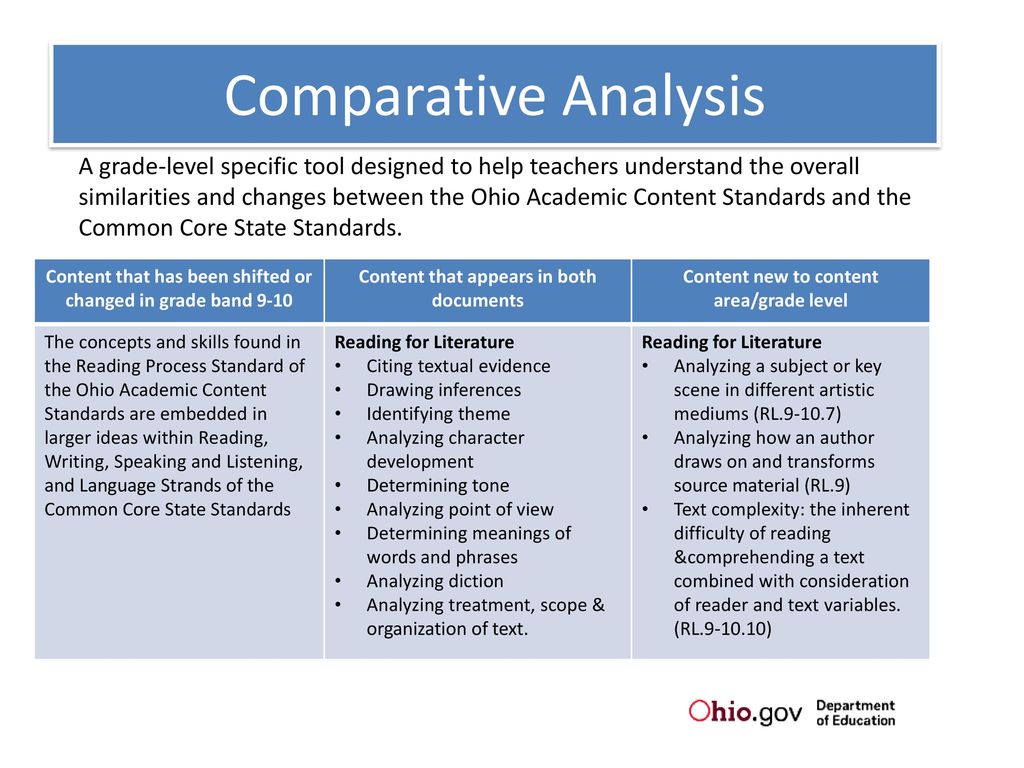 The pace when reading to yourself should be 20-50 words faster than when reading aloud.
The pace when reading to yourself should be 20-50 words faster than when reading aloud.
Other test parameters
And a few more parameters that you should pay attention to:
- Grade 1 - the student can read a significant part of the text by syllables.
- Grade 2 - higher requirements are imposed on reading technique: only complex words can be read by syllables, it is important to observe pauses and correctly place stresses.
- Grade 3 - reading must be conscious and expressive, with observance of intonation. In order to correctly assess the skills of the child, retelling is practiced.
- Grade 4 - the student should be able to analyze what he has read and express his personal opinion.
Focusing on the standard, we can draw some conclusions about the effectiveness of training. But even if the child cannot read the number of words prescribed in the standards, you should not worry too much about it. After all, these are just average standards developed on the basis of general data.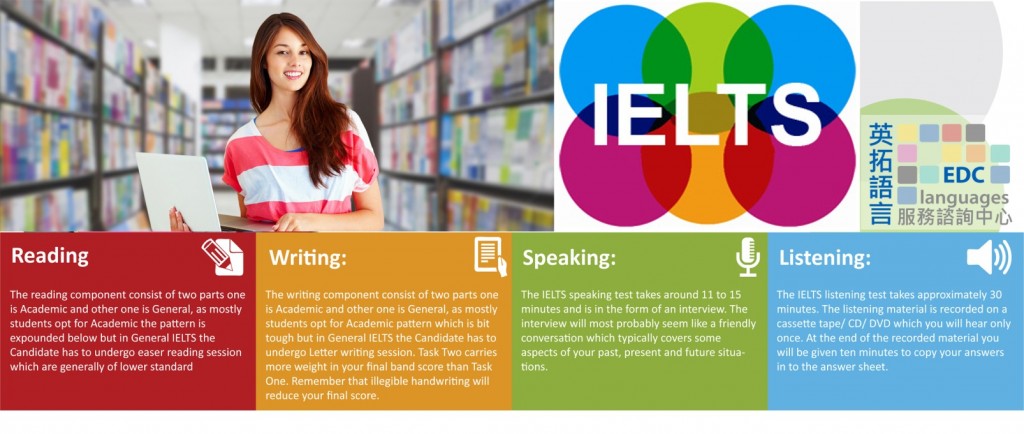 Each student has their own level and pace of development. Checking the technique is rather information for the teacher and parents. After analyzing the results, you can understand in which aspects of training you need to show more diligence.
Each student has their own level and pace of development. Checking the technique is rather information for the teacher and parents. After analyzing the results, you can understand in which aspects of training you need to show more diligence.
Testing your reading skills yourself
You can organize a reading test at home, but don't turn it into an exam. Some children are quite sensitive to any tests, and in stressful situations they cannot always demonstrate everything they are capable of. Come up with a game format or check the technique discreetly. If the child himself wants to know what success he has achieved, then no problems will arise.
Action sequence:
- Arm yourself with a watch with a second hand. To check, you can use a stopwatch on your smartphone, but it’s better to refuse an hourglass, since a child who has never seen such a thing will be distracted by them.
- Prepare a text and show it to the child.
- Ask to read the text aloud.
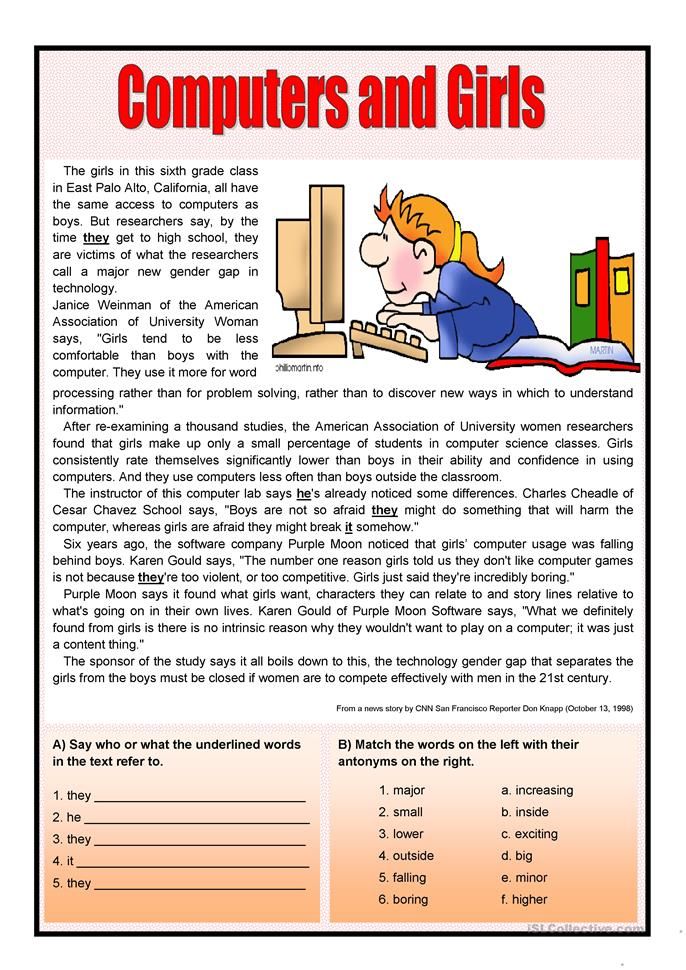
- The time should be recorded from the start of reading.
- If you notice that a child has made a mistake, do not stop him, but simply make a note for yourself.
- Rate the result. To get the most objective picture of the student's skills, you should conduct a control check and compare the results.
If you see that the child is not concentrated enough, he is in a bad mood or is not feeling well, check the reading technique on another day.
Correctly evaluate the result
Count the number of words read. Points to pay attention to when counting:
- conjunctions, particles, prepositions consisting of one or two letters are counted as one word;
- when wrapping, the word is counted not as one, but as two;
- words with a hyphen are counted differently: if there are three or more letters on both sides of the hyphen, then the word is counted as two, less than three letters - as one word.
Not only speed is important, but other criteria as well.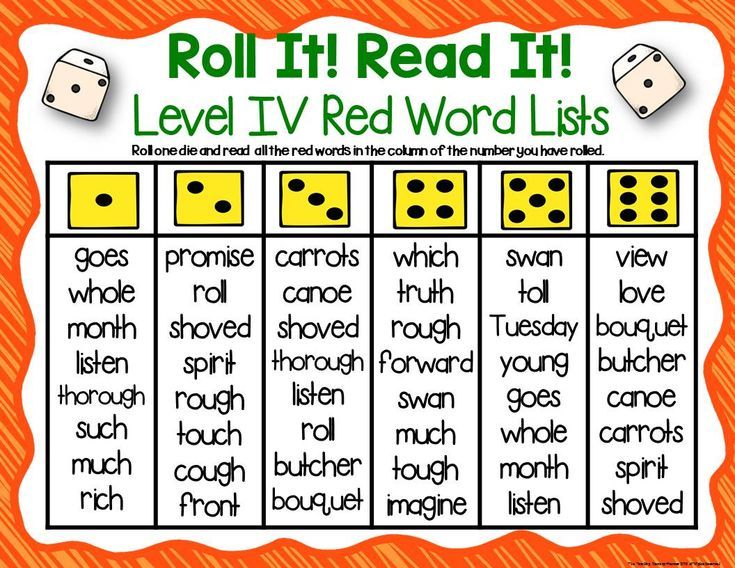 Be sure to evaluate the correctness of the text you read. All mistakes made should be sorted out with the child. If you notice that there are a lot of hesitations, corrections, changes in endings and whole words, you should consult with the teacher. Perhaps professional correction of reading skills is needed.
Be sure to evaluate the correctness of the text you read. All mistakes made should be sorted out with the child. If you notice that there are a lot of hesitations, corrections, changes in endings and whole words, you should consult with the teacher. Perhaps professional correction of reading skills is needed.
It is also important to understand how well the child understood the meaning of the text. It is not necessary to ask the student to retell what they have read. It is enough that he describes the content in a few words. Ask him to identify the main idea. If there are problems with this, then you can resort to retelling.
Pay attention to expressiveness. The student should try to observe intonation, pause in accordance with punctuation marks. Unfortunately, not all children are able to read a passage with an expression. Tell the child in which places you need to increase the pace and emotionality, which words need to be emphasized.
Requirements for texts used to test reading skills
When choosing a text, adhere to the following recommendations:
- It should be a text unfamiliar to the child, but not too complex, age appropriate.

- Pay attention to the structure of sentences: they should be short, without dialogues and a lot of punctuation marks.
- It is better to choose text without pictures.
- Font size is also important - it should be large enough.
- Text must not be split into two pages.
Of course, you shouldn't check your reading technique using the instructions for household appliances or a manual for housewives. The best option is short stories about nature, animals, seasons.
Tips for Improving Reading Technique
If your test results don't meet the standards, don't get upset. But what really needs to be done is to put more diligence and not be lazy to practice. You can seek help from specialists or deal with the child on your own. But just remember that you need to do at least 15 minutes every day.
There are many exercises to improve reading technique:
- reading the same text several times in a row with a gradual increase in pace;
- "buzzing reading" - daily five minutes of reading in a low voice;
- "gibberish writing" - the use of texts in which some of the letters are written upside down;
- "word search" - an exercise to search for a specific word in the text;
- exercise with syllabic tables.
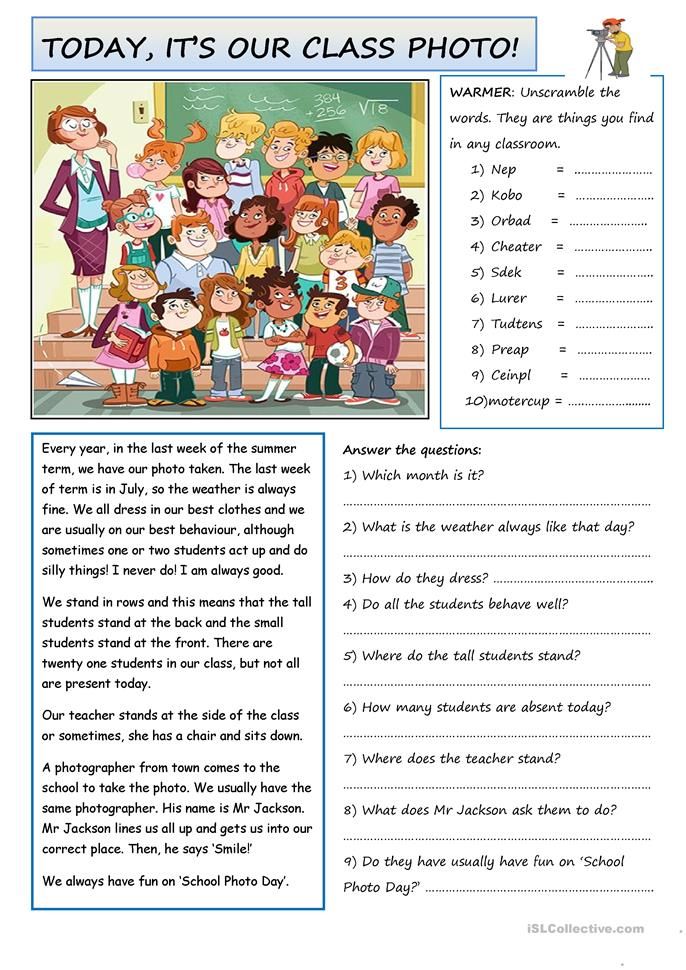
This is just a part of the exercises to improve your reading technique. There are also recommendations for working on literacy, expressiveness, understanding the meaning of what is read:
- if there are problems with diction, you should focus on tongue twisters;
- in order for the child to better understand the meaning of what he read, ask him to retell texts more often, make plans, draw illustrations for any passage;
- Poems are most suitable for improving the expressiveness of reading. Only you need to recite them not quietly and calmly, but loudly and emotionally.
It is believed that the speed of reading should be comparable to conversational speech. This opinion is shared by both distinguished teachers and young innovative teachers. On average, 120-150 words per minute - it was to this pace that the human articulatory apparatus adapted over several centuries of evolution. Of course, such indicators are applicable for middle and high school students, but this does not mean that they should not be strived for.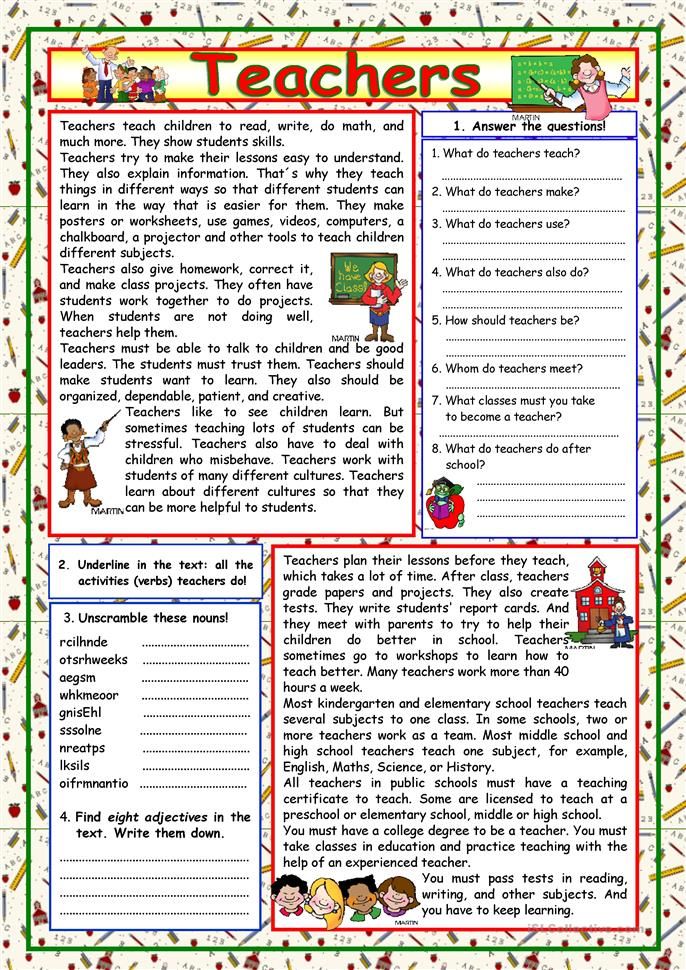 After all, all the basic skills laid down in the primary grades will definitely come in handy in the future. The ability to read an average of 120 words will allow you to quickly master the material and cope with tasks. Naturally, provided that this is a conscious reading with an understanding of the meaning. Therefore, you need to work on the technique and pace of reading constantly.
After all, all the basic skills laid down in the primary grades will definitely come in handy in the future. The ability to read an average of 120 words will allow you to quickly master the material and cope with tasks. Naturally, provided that this is a conscious reading with an understanding of the meaning. Therefore, you need to work on the technique and pace of reading constantly.
Reading technique. Norms 1-4 class.
Since many parents stubbornly refuse to understand what is the point of testing reading technique in elementary school (grades 1-4), I give up and publish reading norms. At the same time, I ask you to carefully read not only the quantitative norm of words per minute, but also my explanations both in the table and below it.
Reading speed standards 1-4 class
→ Word count may vary slightly depending on the curriculum. Increased rates are given in parentheses.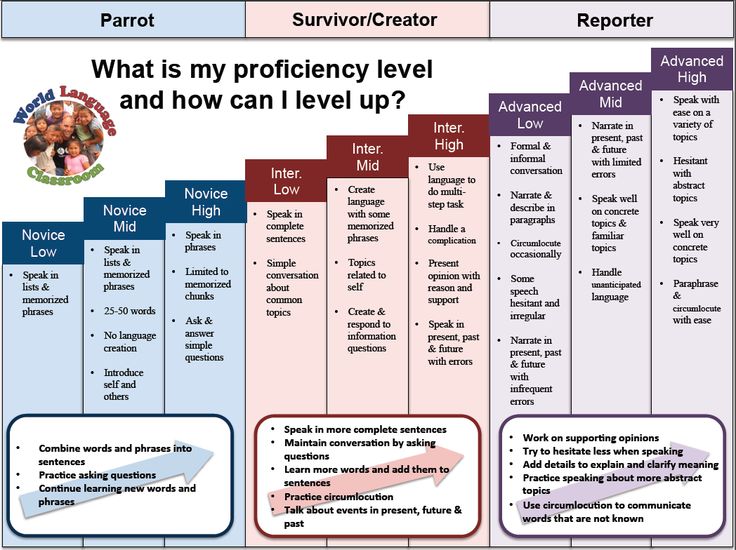
→ Grade 1: no mark is given, the student "did it" or "did not do it". In the first half of the year, the reading technique may not be carried out.
| Grade | at the end of the first half of the year | at the end of the second half of the year |
| 1 class | at least 10 - 15 (20 - 25) wpm | by 2 -> less than 15 (25) words per minute by 3 -> 15-19 (25-34) words by 4 -> 20-24 (35-40) words by 5 -> from 25 ( 41) words |
| 2 cl. | by 2 -> less than 25 (40) words per minute by 3 -> 25-29 (40-48) words by 4 -> 30-34 (49-54) words by 5 -> from 35 ( 55) words | by 2 -> less than 40 (50) words per minute by 3 -> 40-44 (50-58) words by 4 -> 45-49 (59-64) words by 5 -> from 50 ( 65) words |
| 3 cells | by 2 -> less than 40 (55) words per minute by 3 -> 40-49 (55-64) words by 4 -> 50-59 (65-69) words by 5 -> from 60 (70) ) words | in 2 -> less than 65 (70) wpm in 3 -> 65-69(70-79) words by 4 -> 70-74 (80-84) words by 5 -> from 75 (85) words |
| 4 cells | by 2 -> less than 65 (85) words per minute by 3 -> 65-74 (85-99) words by 4 -> 75-84 (100-114) words by 5 -> from 85 (115) ) words | by 2 -> less than 70 (100) words per minute by 3 -> 70-88 (100-115) words by 4 -> 89-94 (116-124) words by 5 -> from 95 (125) words |
Other reading parameters 1-4 class
| Grade | at the end of the first half of the year | at the end of the second half of the year |
| 1 class | Conscious, correct reading, simple words are read as a word.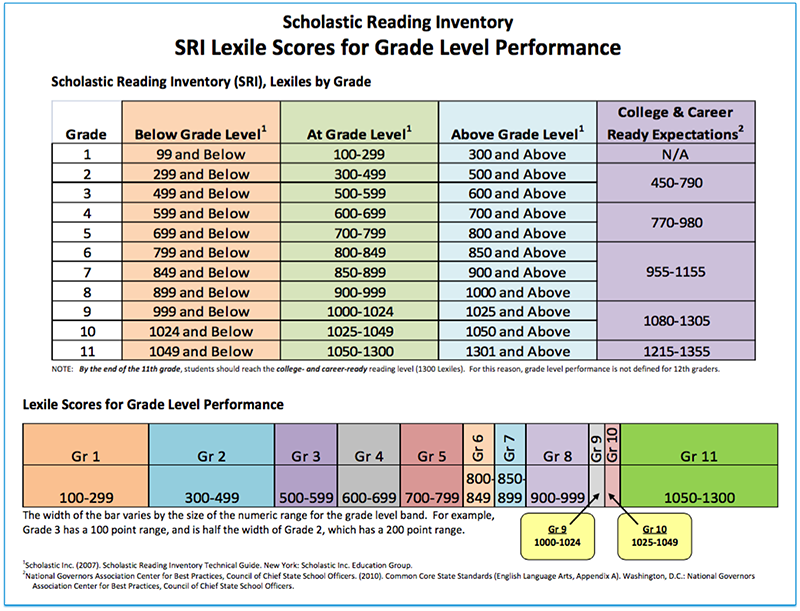 Words with a complex syllabic structure can be read syllable by syllable. Words with a complex syllabic structure can be read syllable by syllable. | |
| 2 cl. | Reading consciously, correctly, in whole words. Compliance with logical stresses. Words of a complex syllabic structure can be read syllable by syllable. | Reading consciously, correctly, in whole words. With observance of logical stresses, pauses and intonations. Syllabic reading is undesirable. |
| 3 cells | Reading consciously, correctly, in whole words. With observance of pauses and intonations, through which the student expresses understanding of the meaning of what is being read. | Reading consciously, correctly, in whole words. With observance of pauses and intonations, through which the student expresses understanding of the meaning of what is being read. |
| 4 cells | Reading consciously, correctly, in whole words. With observance of pauses and intonations, through which the student expresses an understanding of the meaning of what is read, and his attitude to the content of what is read. With observance of pauses and intonations, through which the student expresses an understanding of the meaning of what is read, and his attitude to the content of what is read. | Reading consciously, correctly, in whole words. With observance of pauses and intonations, through which the student expresses an understanding of the meaning of what is read, and his attitude to the content of what is read. |
Criteria when setting an assessment for reading technique:
- reading by syllables or word completely,
- the presence of errors when reading,
- number of words per minute,
- Expressiveness,
- awareness.
can be clicked to enlarge
As you can see, the number of words read is not decisive.
That is, parents need to understand that such a concept as reading speed is only one of the criteria for determining the level of reading technology .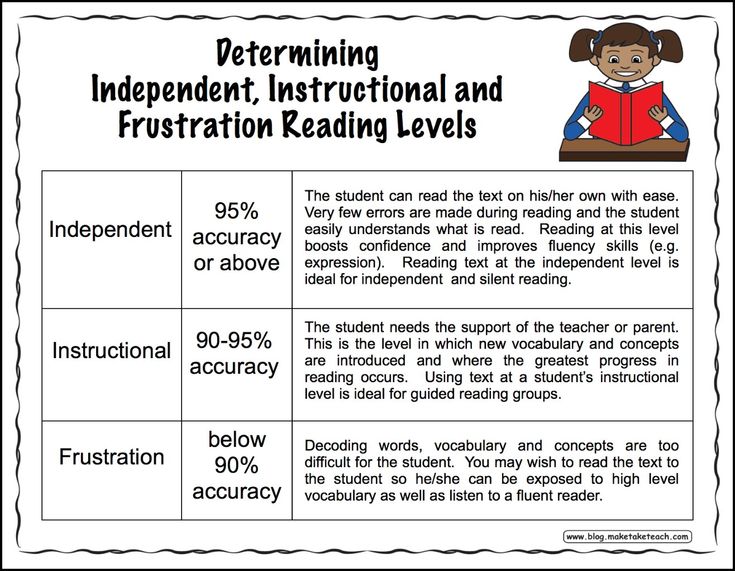 way of reading is checked : the child reads by syllables or the word is read by him smoothly, in its entirety. It is mandatory to check reading comprehension , in other words, whether the student understands what he has read or not. To do this, after reading, a question can be asked about the text, most often “What did you just read about?” and requires a simple answer (a detailed retelling is not needed 😉)
way of reading is checked : the child reads by syllables or the word is read by him smoothly, in its entirety. It is mandatory to check reading comprehension , in other words, whether the student understands what he has read or not. To do this, after reading, a question can be asked about the text, most often “What did you just read about?” and requires a simple answer (a detailed retelling is not needed 😉)
The expressiveness of reading, the presence of errors and / or stammers are also taken into account. Sometimes there is a return to re-reading the previous word, this indicates a lack of awareness and is considered a mistake.
It should also be taken into account that the standards of speed (rate) of reading may differ depending on the educational institution, the requirements for a student of a gymnasium will be higher, for a student of a correctional class - lower.
The frequency of checking reading technique in elementary school is usually 2 times a year: the end of the first half of the year and the end of the second half of the year.